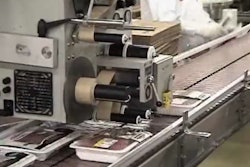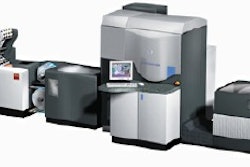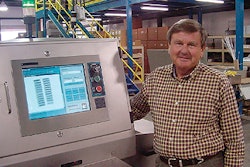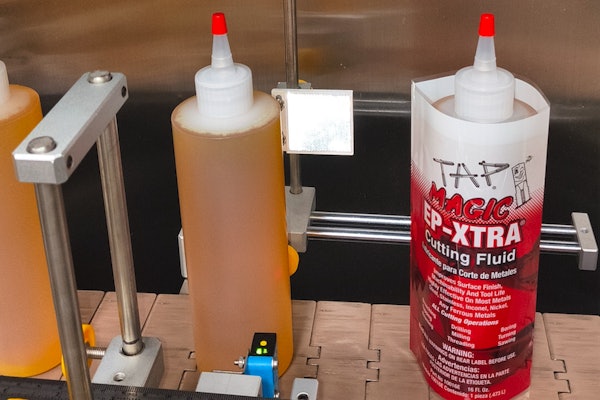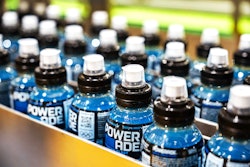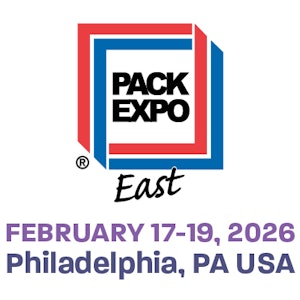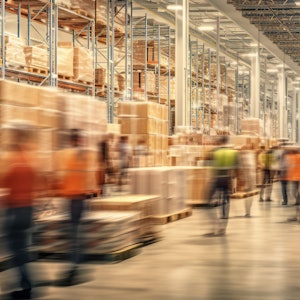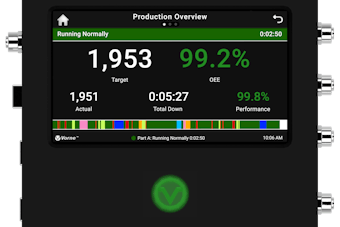Mandatory guidelines go into effect in 2004.
In comments filed on August 9, the American Meat Institute said several issues needed to be resolved, including which products would be considered “covered commodities.” According to AMI, the most logical approach would be to exclude any meat products that bear an ingredient statement. That would eliminate arguments about the degree of processing needed to be excluded.
AMI said a “grandfather clause” should be included because of inadequate birth records of cattle now in the pipeline. It would be unfair to immediately impose U.S.-birth verification requirements on animals that are the sole source of ground beef because a system for tracing animal origin has not been in place, AMI said.
The institute also called on Congress to fund the mandate, noting that AMS had not received any additional funding to manage either the voluntary or the mandatory phases of the labeling program. Finally, AMI said that meat packing and processing plants might be forced to segregate animals, based on country of origin, before processing. That would require the development of a “simple, meaningful label” for meat products that are covered commodities but do not qualify for the “U.S.” label.

